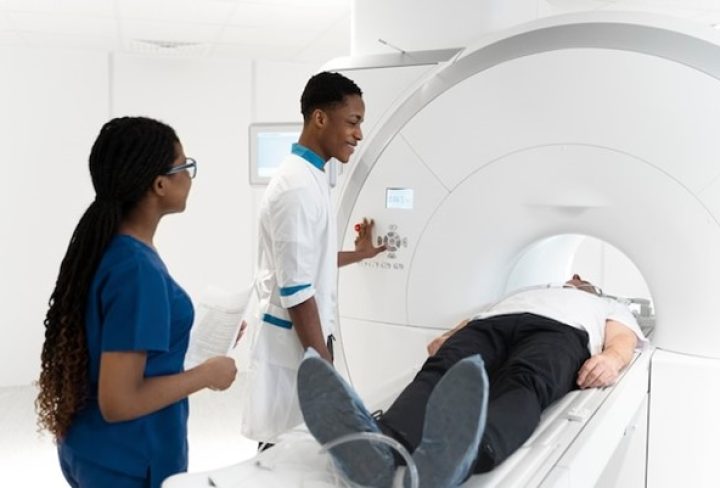Image-guided radiation therapy (IGRT) is a radiation therapy technique that involves using imaging technologies to guide the delivery of radiation to the tumor. IGRT is designed to ensure that the radiation is accurately delivered to the tumor while minimizing damage to healthy surrounding tissue.
Why is IGRT used?
IGRT is used in cancer treatment to increase the accuracy of radiation therapy delivery. By using imaging technologies to guide radiation therapy, doctors can ensure that the tumor receives the appropriate amount of radiation while minimizing damage to healthy tissue. This can result in better treatment outcomes and fewer side effects.
What Cancers Does IGRT Treat?
IGRT is used to treat a variety of cancers, including lung, prostate, and breast cancer. It is often used in conjunction with other types of radiation therapy, such as intensity-modulated radiation therapy (IMRT) or stereotactic body radiation therapy (SBRT).
How to prepare for IGRT?
Before undergoing IGRT, patients will typically undergo imaging scans to determine the exact location of the tumor. Patients will also need to undergo a simulation session to determine the best position for radiation therapy delivery. During this session, immobilization devices may be used to ensure that the patient remains in the correct position during treatment.
How is IGRT given?
Your doctor will perform imaging scans to determine the exact location of the tumor
Immobilization devices such as masks, headrests, or body molds may help you stay in the same position throughout the treatment
The radiation is then delivered to kill the tumor cells
IGRT is administered over several weeks, with treatment sessions occurring on a daily basis.
What to expect after the procedure?
After undergoing IGRT, patients may experience some side effects, including fatigue, skin irritation, and nausea.
Skin in the treatment area may become sensitive, red, irritated, or swollen.
These side effects typically resolve on their own within a few weeks of completing treatment.
Myths and Facts about IGRT
Myth: IGRT is only used for certain types of cancer.
Fact: IGRT can be used to treat a variety of cancer types.
Myth: IGRT is painful.
Fact: IGRT is not painful, although some patients may experience discomfort during treatment.
Myth: IGRT causes hair loss.
Fact: IGRT typically does not cause hair loss, although some patients may experience hair thinning in the treated area.
FAQs about IGRT
Q: What is the difference between IGRT and other types of radiation therapy?
A: IGRT uses imaging technologies to guide radiation therapy, while other types of radiation therapy may not use imaging guidance.
Q: Is IGRT safe?
A: Yes, IGRT is considered safe when performed by trained medical professionals.
Q: How long does IGRT treatment take?
A: The length of IGRT treatment can vary depending on the type and stage of cancer being treated.
What are the Advantages of IGRT?
- Accurate
- Can deliver higher doses of radiation to kill the cancer
- Reduced damage to healthy tissues
- Minimal side-effects

